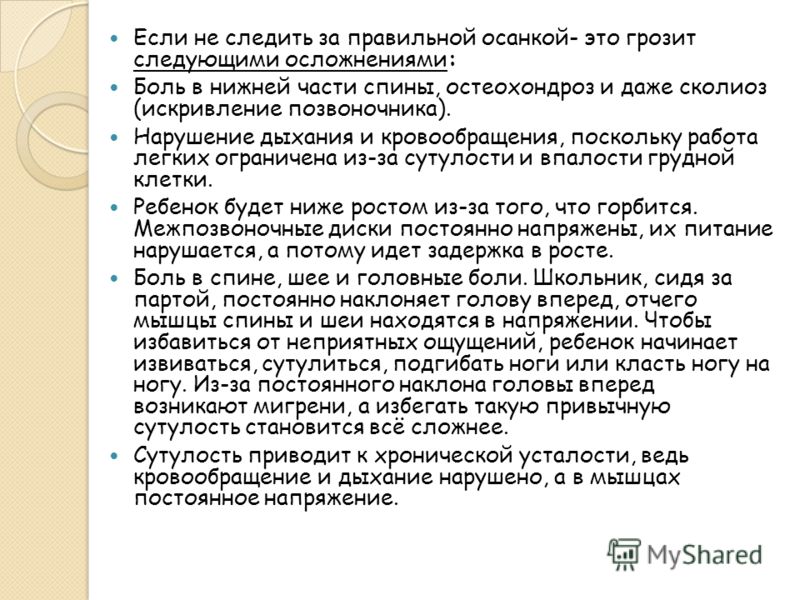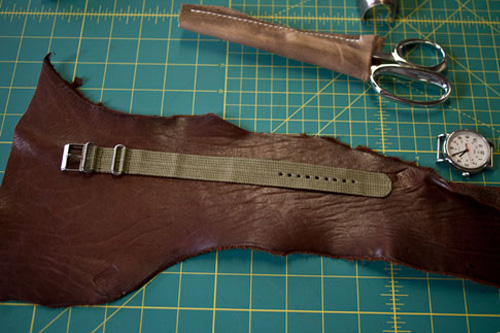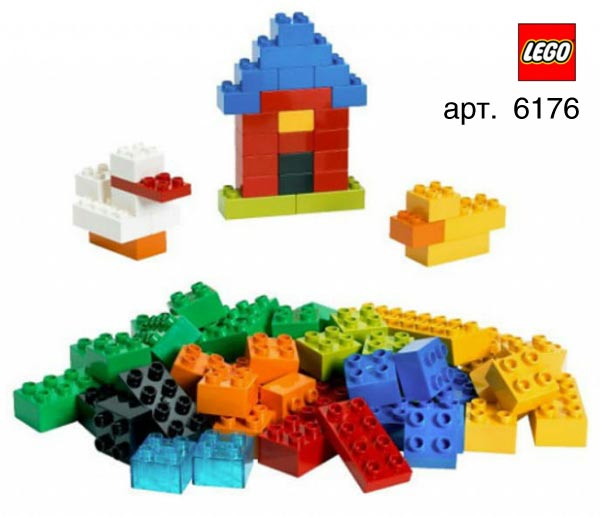I choose:: paints for drawing
Each person is individual, especially if he is engaged in creativity, for example, drawing. One loves brightness and saturation, the other loves tenderness and softness, and the third likes graphics. Many artists choose "their own path" from the very beginning and follow it throughout their lives without trying themselves in other directions and types, but there are also those who are not alien to experiments and diversity. It is known that the artist works with a brush and paints, that's just about the second tool - we'll talk about paints in this article. Paints for drawing differ in a variety of types and purposes.
Watercolor. Watercolor paints belong to the group of glue paints. They are finely ground pigments that are mixed with special binders (they are based on vegetable glue). By the way, in high-grade paints, the binder is gum arabic, and in low-grade watercolors, dextrin. In order for the paints to be soft, honey or glycerin is added to them (everyone knows "Honey Watercolor", which we so often tried to taste in childhood).
Watercolor paints are transparent, they do not contain impurities (for example, white). Watercolor is available in several forms:
Liquid paints in tubes
Soft paints in cuvettes
Solid colors in tiles
Each type of watercolor paint has its own advantages and disadvantages. So, liquid paints are practical in storage, they are perfectly diluted with water, but at the same time they are prone to delamination. The rest of the species, on the contrary, do not exfoliate, but are poorly soluble in water and become contaminated during storage. Remember that good watercolor paints lie flat on paper without clots, lumps, or spots. After drying, the paint should not rub off or crack.
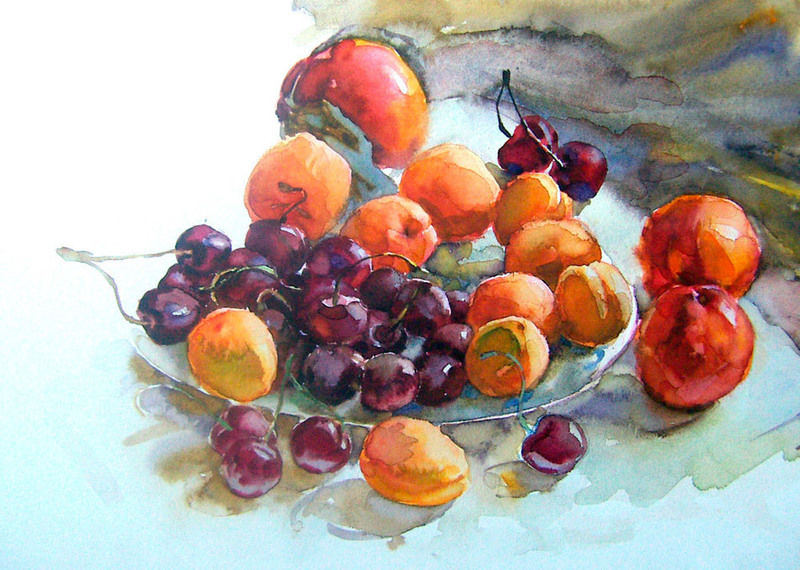

Many artists love watercolor because the pictures painted with these paints are light, delicate, as if illuminated by some special light. The watercolor sky, water, sunrises and sunsets look especially picturesque. At the same time, with the help of watercolors, you can also write still lifes - they will turn out soft and expressive.
 Gouache.
In another way, gouache is called poster paints. They are a pasty mixture of pigments and emulsions (glycerin, phenol, alizarin oil, water). Gouache has special requirements:
Gouache.
In another way, gouache is called poster paints. They are a pasty mixture of pigments and emulsions (glycerin, phenol, alizarin oil, water). Gouache has special requirements:
Paints should be easily taken with a brush and lay down on the surface in an even layer;
After drying, there should be no cracks;
In addition, after drying, high-quality gouache paints do not wear off, do not crumble, even if the picture is bent;
When stored, good gouache does not dry for a long time.
In case, nevertheless, gouache paints have dried up, they can be diluted with ordinary water, but it is better, of course, to do this with a 3-5% solution of wood glue.

Working with gouache is both simple and difficult at the same time. It is easy to correct an error in a drawing - it is enough to apply another layer of paint that will cover the previous one. The difficulty lies in the fact that you need to be very careful about the process of mixing shades, the thickness of the paint layer. With all this, gouache paints created true masterpieces, for example, some of the works of Peter Paul Rubens and Pablo Picasso.
Oil paints. These are pigments ground in drying linseed, walnut or safflower oil. Such paints are diluted, as a rule, with drying oil. The following types of oil paints are produced:
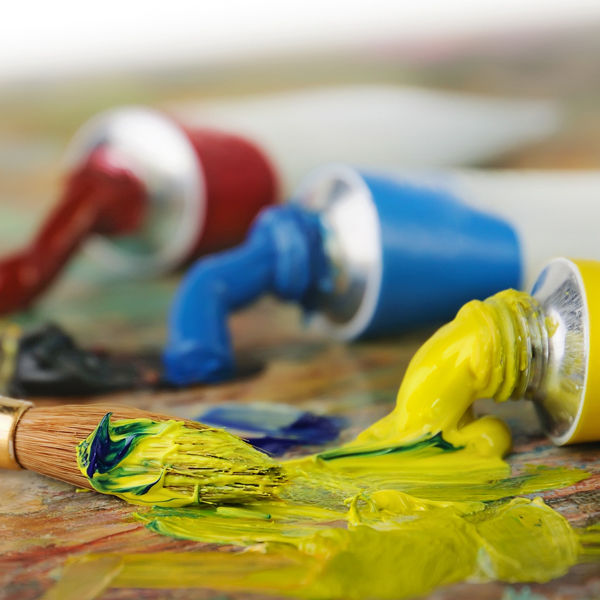 - pasty paints. Before use, they must be diluted with drying oil;
- pasty paints. Before use, they must be diluted with drying oil;
Ready-made oil paints, which are already diluted in advance with either drying oil or turpentine. They can be painted immediately, just need to be mixed. Finished oil paints can be stored for one to three years. At the same time, they do not lose their qualities and do not dry out.
You can dilute paints yourself, but remember that, for example, turpentine or white spirit significantly reduce the characteristics of paints: viscosity, strength, gloss. The degree of density of oil paints directly depends on your goals and features of work.
Oil paints can be opaque and glazing. Covering paints (lead, zinc white, chromium oxide, cinnabar) tightly cover the surface, and glazing paints (kraplak, ultramarine) are almost transparent.
Most often, we associate painting with oil paints, because they are mainly used by artists, starting from the 6th century. Realistic, lively, bright pictures are created with oil paints. Oil can be written not only on a standard canvas, but also on cardboard, wood, paper. And how many different techniques and approaches are revealed in working with oil paints!


However, it is important to know that before working with oil paints, it is necessary to carefully prepare the surface: prime it. Oil painting is a real pleasure.
 Tempera.
Tempera paints are rubbed on egg yolk or an adhesive solution is used. From ancient times, tempera paints were very popular, but with the advent of oil paints, for some reason, they were undeservedly forgotten. Initially, tempera was used only in folk painting, but later its use was expanded. Tempera paints are very durable.
Tempera.
Tempera paints are rubbed on egg yolk or an adhesive solution is used. From ancient times, tempera paints were very popular, but with the advent of oil paints, for some reason, they were undeservedly forgotten. Initially, tempera was used only in folk painting, but later its use was expanded. Tempera paints are very durable.
When choosing a tempera, be guided by the following criteria:
Paints should be well diluted with water, and after drying, they should not blur, on the contrary;
When dried, high-quality tempera paints do not change their color, do not crack or delaminate;
If tempera is stored in tubes, then it should not rot and thicken.


Tempera paints are perfectly combined with other materials for painting. In skillful hands, these paints can perform different functions: transparent watercolor layers, thick layers, like gouache, paste-like application, like oil.
 Acrylic paints.
Acrylic is a synthetic paint that is very practical and easy to use. These paints are somewhat similar to tempera: they dry quickly and form a thin waterproof film. It is convenient to work with acrylic on any surface, be it wood, glass, leather, fabric or metal.
Acrylic paints.
Acrylic is a synthetic paint that is very practical and easy to use. These paints are somewhat similar to tempera: they dry quickly and form a thin waterproof film. It is convenient to work with acrylic on any surface, be it wood, glass, leather, fabric or metal.
Often, golden acrylic is used for furniture restoration - it can be used to refresh furniture well, giving it luxury and a special style.
Acrylic can be either matte or glossy. In the process, acrylic paints can be diluted with water, but it is better, of course, to use a special liquid for this. To clean acrylic brushes, wash them with a specially designed emulsion.


Previously, Zhostovo masters worked with acrylic paints and created their own unique masterpieces, now they are increasingly using oil.
As you can see, there are a lot of paints for drawing, they all have their own characteristics. Decide what you would like to try and, in accordance with this, select the appropriate type of paint! Good luck and inspiration!
- The latest methods of teaching traffic rules
- How to draw pictures by numbers
- Do-it-yourself home digital microscope
- How to choose the right paint for drawing
- When is the best time to sunbathe?
- What kind of bird is better to have in an apartment?
- We put an apostille on the birth certificate on our own
- Is it possible to give flowers in pots - signs
- How to make cat ears
- Gray bag: what to wear and combine?
- How to get started with Faberlic: tips for new consultants
- Morphology of plants general concepts - document
- Planting, propagation and care of bamboo at home, photo Growing bamboo from seeds
- How to strengthen the cellular signal for the Internet in the country
- Sanskrit reveals the forgotten meaning of Russian words (2 photos)
- The oldest language Sanskrit programming language of the future Dead language Sanskrit
- Who has dominion over all the earth?
- Symbols and amulets of Masons The famous Masonic amulet for money
- Hekate's father. Dark goddesses. Origin and genealogy
- nord wind airline fleet



